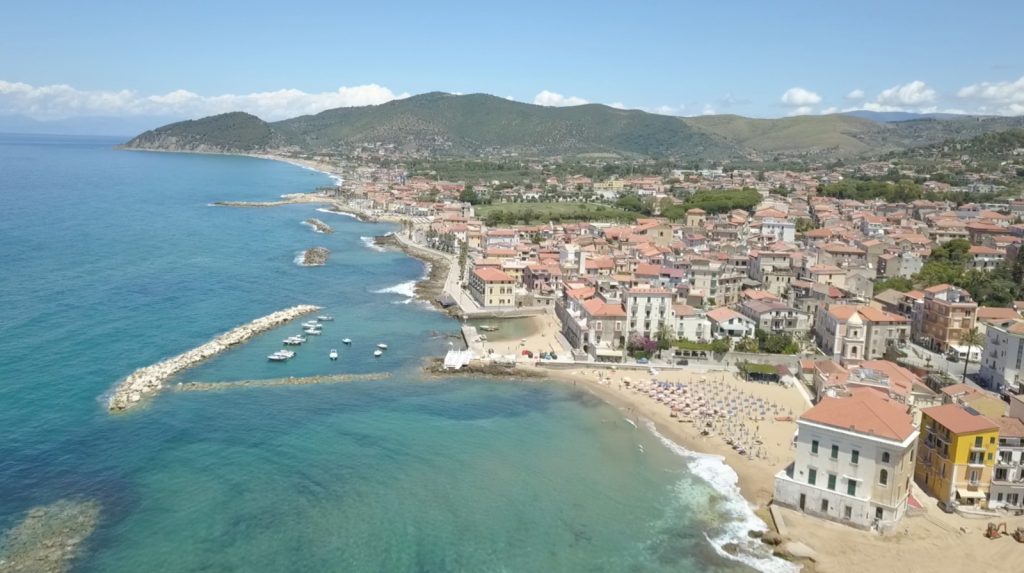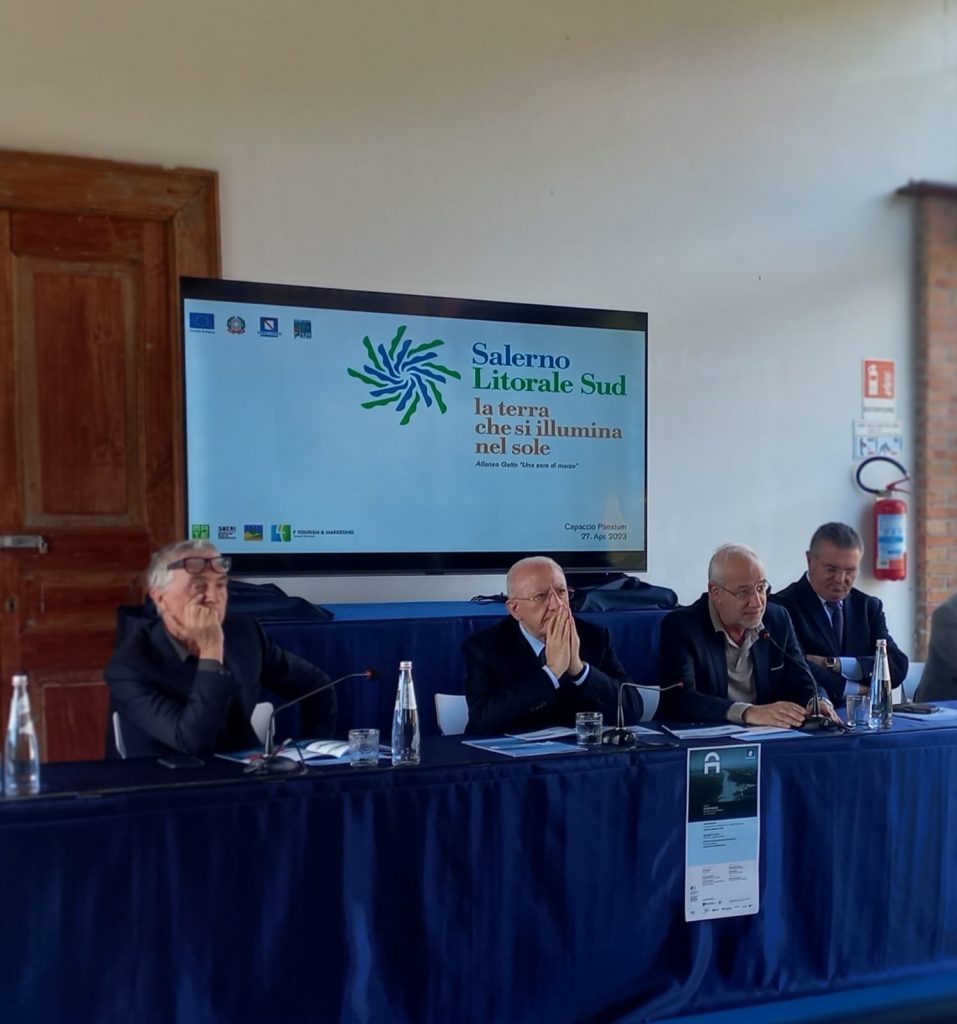Masterplan Coast Salerno South
The Masterplan Coast Salerno South, is part of the general vision of redevelopment of the Campania region. Together with previous experience on the Domitio-Flegreo coast, the plan aims to enhance and rethink a complex coastal area of great landscape and environmental value.
The project envisages the intervention on 8 municipalities (Salerno, Pontecagnano-Faiano, Bellizzi, Battipaglia, Eboli, Capaccio-Paestum, Agropoli and Castellabate), out of a total of 478 sq km, in an area characterised by a strong historical and naturalistic imprint thanks to the presence of archaeological sites – such as Paestum and Pontecagnano – as well as areas of environmental value, such as the Cilento Park and the Piana del Sele.
At the same time, the project area shows strong criticalities linked above all to the exploitation and erosion of the coasts, together with a picture of building abuse and poor maintenance that characterizes the coasts and the coastal landscape. In addition, the agricultural and river areas are largely (for about 3,600 hectares) covered by greenhouses, a strong economic resource but also a deep criticality, due to the almost total waterproofing of the soil. Disused areas and river sections polluted by effluent from livestock farms are other elements on which the plan insists.
The preliminary project therefore aims to relaunch from an environmental and tourist point of view the stretch between Salerno and Castellabate, with a structure characterized by seven main objectives starting from five general themes: mobility, energy, environment, urban regeneration e tourism. In this way, through eight projects – system, the Masterplan strategy sets new landscape standards for an overall improvement of the quality of life, working both on the potential of the built environment and on new environmental implementations: from the reactivation of the ecological networks of the coastal landscape to the introduction of new sustainable mobility networks, from the redevelopment of agricultural supply chains and the urban fabric to the use of renewable sources to make the territory self-sufficient.






